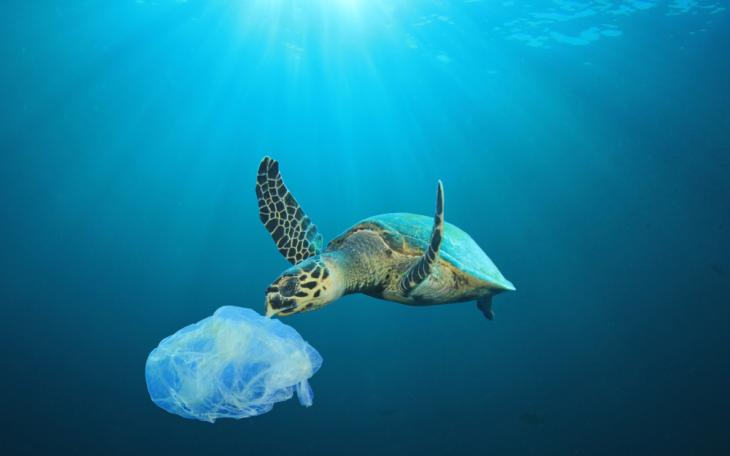Plastics treaty brings environmental unity and calls for reparation

For a world desperate for international unity, there was a welcome glimmer of light on the environment this week.
Around 200 countries have agreed to negotiate a UN treaty that will create a legally-binding framework to cut plastic use and plastic pollution by creating a circular economy around plastic. The negotiations will focus on the entire plastic chain (from production to reuse and recycling) so that the end-of-life management of plastic is designed into its production.
The potential agreement has been hailed as a moment of huge significance (with Inger Andersen, executive director at the UN Environment Programme being reported, by the FT, to have described it as ‘the most significant environmental multilateral deal since the Paris accord’).
The negotiations will continue until 2024 so we shouldn’t expect any rapid changes, but it is a significant step and more evidence of growing international co-operation on environmental preservation, building on agreement reached most recently at COP26. While good news on many levels, the devil will be in the detail and there remains much to be done.
This was highlighted by the other big environmental development of the past week, the launch of the latest IPCC report looking at climate change science and the impact of human activities on global warming.
Given the utterly grim news coming from the war in Ukraine, the IPCC report gained less attention that it might otherwise have got but that did not negate the impact of its findings.
The report (amongst other things) cited that around 40% of the world’s human population is highly vulnerable to the impacts of climate change and the window within which we can act and avert catastrophic climate change is closing rapidly with the world likely to hit 1.5C global warming within 20 years (even on a best-case scenario). The 1.5 is significant as it’s the global warming ‘ceiling’ called for by the UN Paris Accord to avoid climate catastrophe.
At this rate of global warming, the IPCC report cites that around 14% of species could face extinction. The report also highlights the role nature (and nature-based solutions) can play in preserving the planet by acting as a sink for carbon dioxide emissions and the IPCC calls for 30%-50% of the world to be conserved to regulate global warming.
This comes back in full circle to one of the key issues that also lies at the heart of the potential plastic treaty and at the core of ongoing discussions around Loss and Damage and aid from the wealthiest nations to developing countries to help them adapt to climate change and also invest in decarbonising their economies.
While international co-operation is to be warmly welcomed it comes at a price, and for the G20 that price is funding the transition to a greener, cleaner world.
Egypt has already made clear that its presidency of the COP 27 Conference (starting November 2022) will focus on ensuring that the G20 meets its long-delayed promise to deliver $100million a year in aid to developing nations to help them decarbonise their economies. This week we also saw a group of the world’s leading NGOs calling for the G20 to make ‘at least’ $60 billion a year in finance available for nature preservation and the plastics treaty will similarly require G20 nations to make aid payments to developing nations to clean up plastic waste.
Money talks, and while international co-operation maybe securing positive moves forward on environmental preservation, the proof is in the impact and delivery of the agreements that keep the world at 1.5. That needs cash, commitment, and compliance, something that has often proved as difficult to deliver as the headline grabbing signatures on the treaties.









